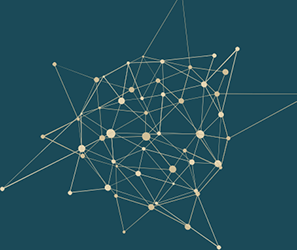Speaker
Description
In April the Fermilab Muon $g-2$ experiment reported its first measurement of the muon g-2, which is in full agreement with the previous BNL measurement and pushes the world average deviation from the Standard Model to a significance of $4.2\sigma$.
We provide an extensive survey of its impact on beyond the Standard Model physics. We compute predictions for g-2, dark matter and LHC searches in a wide range of simple models with up to three new fields, that represent some of the few ways that large g-2 can be explained. In addition, for the MSSM we exhaustively cover the scenarios where large g-2 can be explained while simultaneously satisfying all relevant data from other experiments. Generally, the g-2 result can only be explained by rather small masses and/or large couplings and enhanced chirality flips, which can lead to conflicts with limits from LHC and dark matter experiments.
Our results show that the new measurement excludes a large number of models and provides crucial constraints on others. Two-Higgs doublet and leptoquark models provide viable explanations of g-2 only in specific versions and in specific parameter ranges. Among all models with up to three fields, only models with chirality enhancements can accommodate g-2 and dark matter simultaneously. The MSSM can simultaneously explain g-2 and dark matter for Bino-like LSP in several coannihilation regions. Allowing under abundance of the dark matter relic density, the Higgsino- and particularly Wino-like LSP scenarios become promising explanations of the g-2 result.
